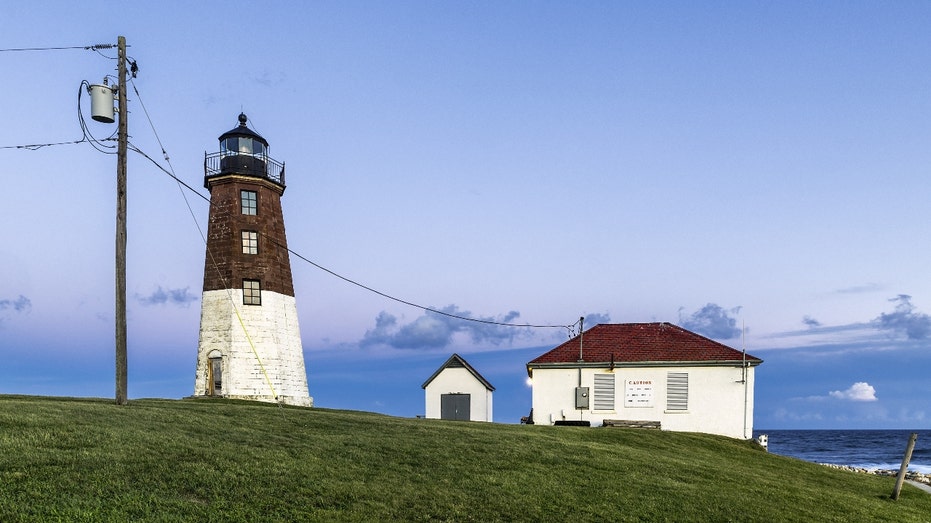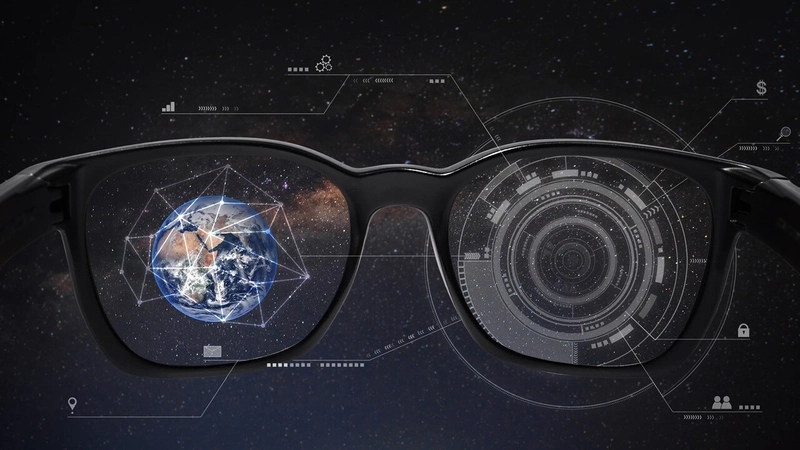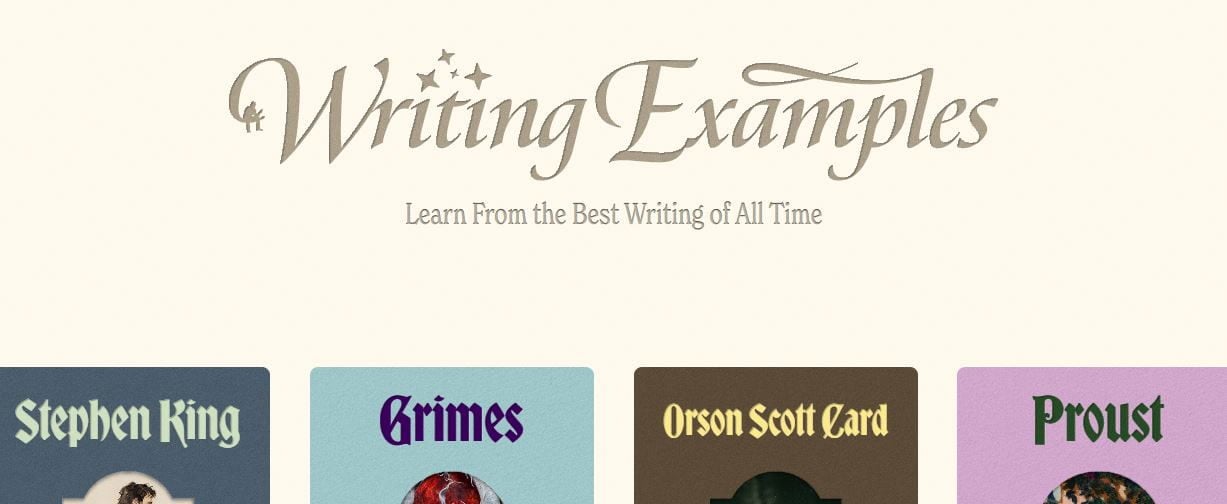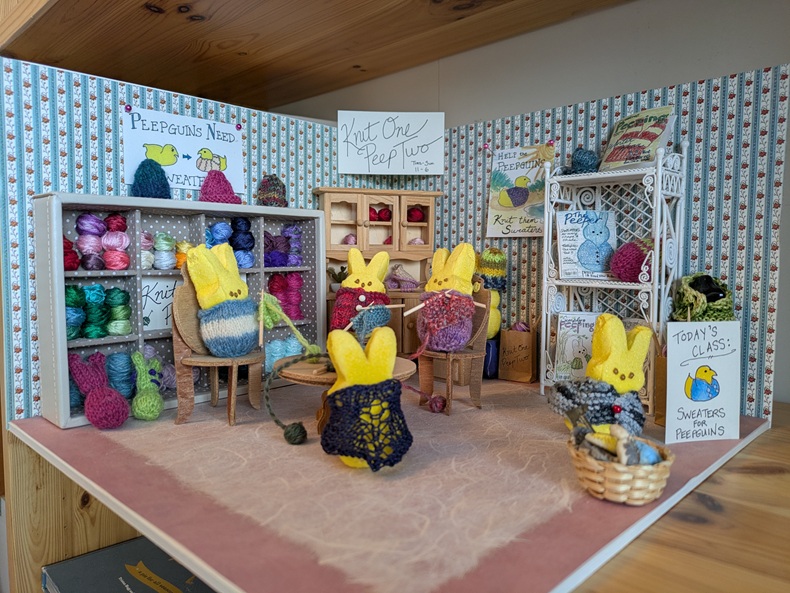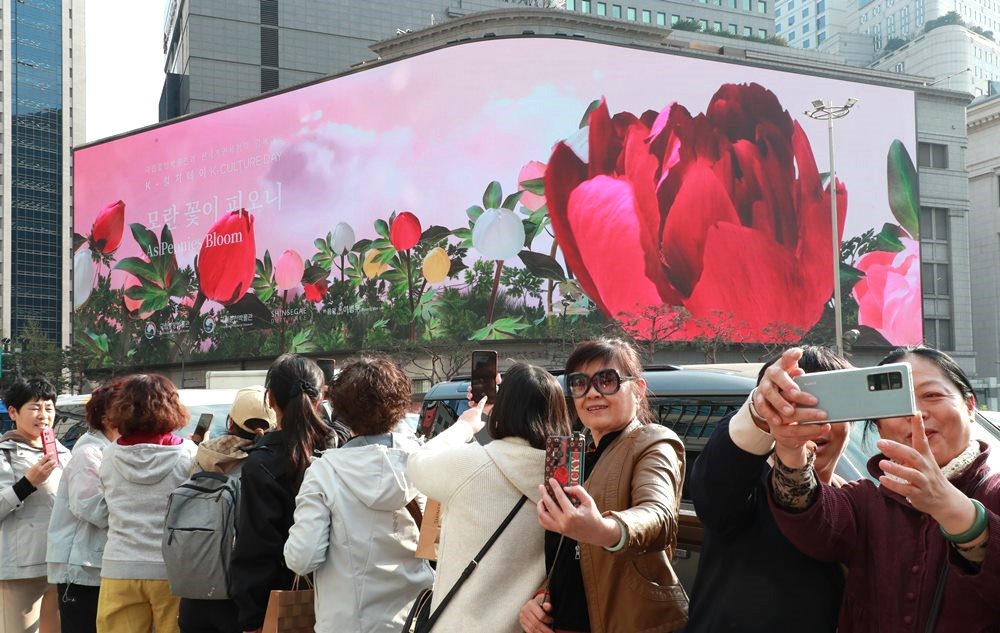Lost Records explores the joys and dangers of our cultural obsession with nostalgia
Designers have long used nostalgia as a narrative device – but how does it reflect our own relationship with games?I finished Lost Records: Bloom and Rage several days ago, but I’m still thinking about it. Developed by Don’t Nod, the creator of the successful Life Is Strange series, it’s a narrative adventure about four girls in a town in Wyoming, who meet one summer, form a band, discover a strange supernatural force in the woods and then meet up 30 years later to dissect what exactly happened to them. It is about growing up, growing apart and processing trauma, seen through a nostalgic lens. We meet the lead characters as adults, and join them as they scour their shared past, revisiting old places – a shack in the woods, their teenage bedrooms, the local bar – and exhuming old feelings. Lost Records has an excellent feel for the mid-90s when the girls were 16: you can explore rooms and pick up artefacts such as game carts, diaries and mixtapes and, if you were around at the time, you absorb the nostalgia as keenly as the characters themselves.While playing I was struck at what a vital role nostalgia plays in video game design. I don’t mean in the extrinsic sense of playing and remembering old video games, and I don’t mean games that call back to old titles. I mean nostalgia as a central theme and a motivational force for characters. So many role-playing adventures are about unlocking the past through narrative archeology. The Legend of Zelda: Breath of the Wild, Horizon Zero Dawn, Avowed, Journey, Outer Wilds and Heaven’s Vault are all games in which your primary aim is to discover what happened to some ancient civilisation and, through it, your character’s own legacy and identity. It’s nostalgia that infects the landscape of The Last of Us as much as the deadly fungus – Ellie’s love of old comics, songs and joke books; the repeated use of ruined museums, theatres and playgrounds as key locations – that Naughty Dog wanted to tap in to by repurposing our own nostalgia for lost childhood pleasures. I’m reading Agnes Arnold-Forster’s excellent book Nostalgia: A History of a Dangerous Emotion, which looks at the origins of the concept and how it was first considered a fatal disease of the mind, a sort of mortal home sickness. In Death Stranding, this idea is made physical in the shape of the Beached Things, the smoky tar-like spirits that haunt the game’s ruined landscapes. Continue reading...

Designers have long used nostalgia as a narrative device – but how does it reflect our own relationship with games?
I finished Lost Records: Bloom and Rage several days ago, but I’m still thinking about it. Developed by Don’t Nod, the creator of the successful Life Is Strange series, it’s a narrative adventure about four girls in a town in Wyoming, who meet one summer, form a band, discover a strange supernatural force in the woods and then meet up 30 years later to dissect what exactly happened to them. It is about growing up, growing apart and processing trauma, seen through a nostalgic lens. We meet the lead characters as adults, and join them as they scour their shared past, revisiting old places – a shack in the woods, their teenage bedrooms, the local bar – and exhuming old feelings. Lost Records has an excellent feel for the mid-90s when the girls were 16: you can explore rooms and pick up artefacts such as game carts, diaries and mixtapes and, if you were around at the time, you absorb the nostalgia as keenly as the characters themselves.
While playing I was struck at what a vital role nostalgia plays in video game design. I don’t mean in the extrinsic sense of playing and remembering old video games, and I don’t mean games that call back to old titles. I mean nostalgia as a central theme and a motivational force for characters. So many role-playing adventures are about unlocking the past through narrative archeology. The Legend of Zelda: Breath of the Wild, Horizon Zero Dawn, Avowed, Journey, Outer Wilds and Heaven’s Vault are all games in which your primary aim is to discover what happened to some ancient civilisation and, through it, your character’s own legacy and identity. It’s nostalgia that infects the landscape of The Last of Us as much as the deadly fungus – Ellie’s love of old comics, songs and joke books; the repeated use of ruined museums, theatres and playgrounds as key locations – that Naughty Dog wanted to tap in to by repurposing our own nostalgia for lost childhood pleasures. I’m reading Agnes Arnold-Forster’s excellent book Nostalgia: A History of a Dangerous Emotion, which looks at the origins of the concept and how it was first considered a fatal disease of the mind, a sort of mortal home sickness. In Death Stranding, this idea is made physical in the shape of the Beached Things, the smoky tar-like spirits that haunt the game’s ruined landscapes. Continue reading...



